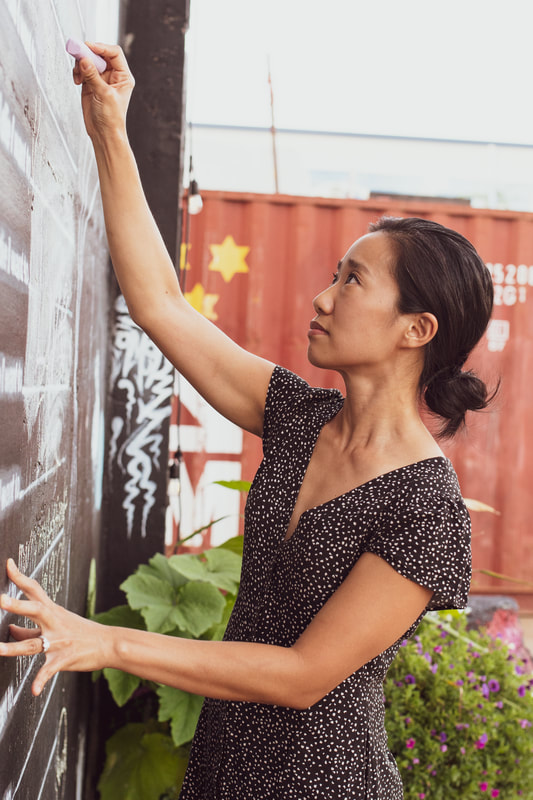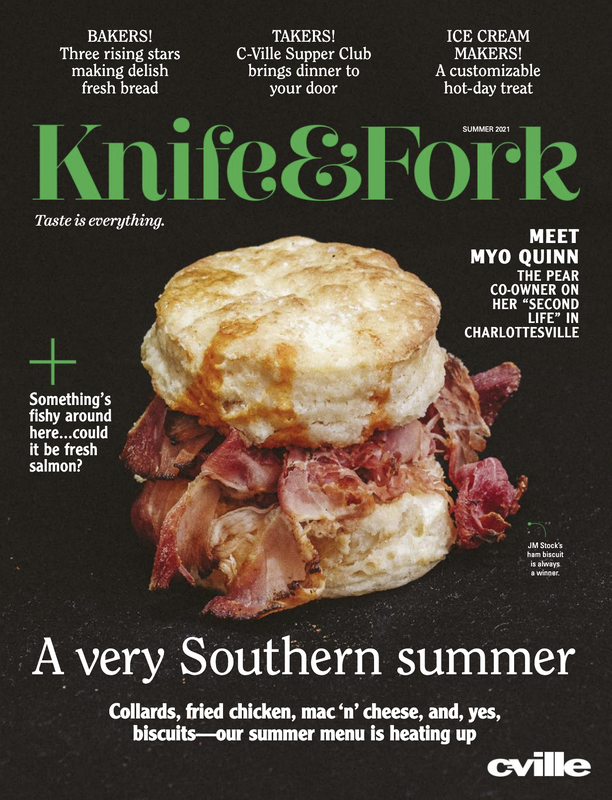|
I was raised in Paraguay, a landlocked carnivore’s Eden — a cut of cow is part of every meal. No matter how poor or rich, all homes had a parilla (outdoor grill) over which strips of costilla (short ribs), links of chorizo (spicy pork sausage) and morcilla (blood sausage) were grilled and served with steamed mandioca (yuca). Our Korean table also had rice, kimchi, and banchan of mountain vegetables foraged thousands of miles away in South Korea.
Seafood and fresh vegetables were scarce. We scavenged in oversized styrofoam vats for frozen fish that resembled mackerel, caught who knows when off the coast of Chile. Every two weeks, we bought spinach and daikon by the crate from the back door of señor Mizumoto’s white van — it looked more like a kidnapper’s getaway car than an 80 year old Japanese farmer’s storefront. It wasn't ideal for a family that spend most of our waking hours eating or planning our next meal. There were only a handful of restaurants we could afford, we didn't own any recipe books, and food media as we know today didn't exist. Our biggest inspiration came from diplomats that passed through our diverse neighborhood every two to four years, bringing with them foods from all over the world. We invited them over for dinner, hoping their hostess gift would be food. We scheduled our days and even weeks around the meals that would come out of our kitchen. My dad was obstinate for a proper Korean meal of rice, banchan and a stew that invariably required fish, clams, and foraged greens. My mom would procure them directly from farmers, but mostly from travelers returning from Korea with suitcases full of gochugaru, dried anchovies, and dehydrated mountain roots. Like many chefs, my entwined relationship with food comes from my family. Nearly ten years after working for a hedge fund, and deep into delirious nights of sleep training our six month old and potty training our two year old, I quit my job. Then, I applied to the International Culinary Center in NYC. It's been my best second life. |
Proudly powered by Weebly


